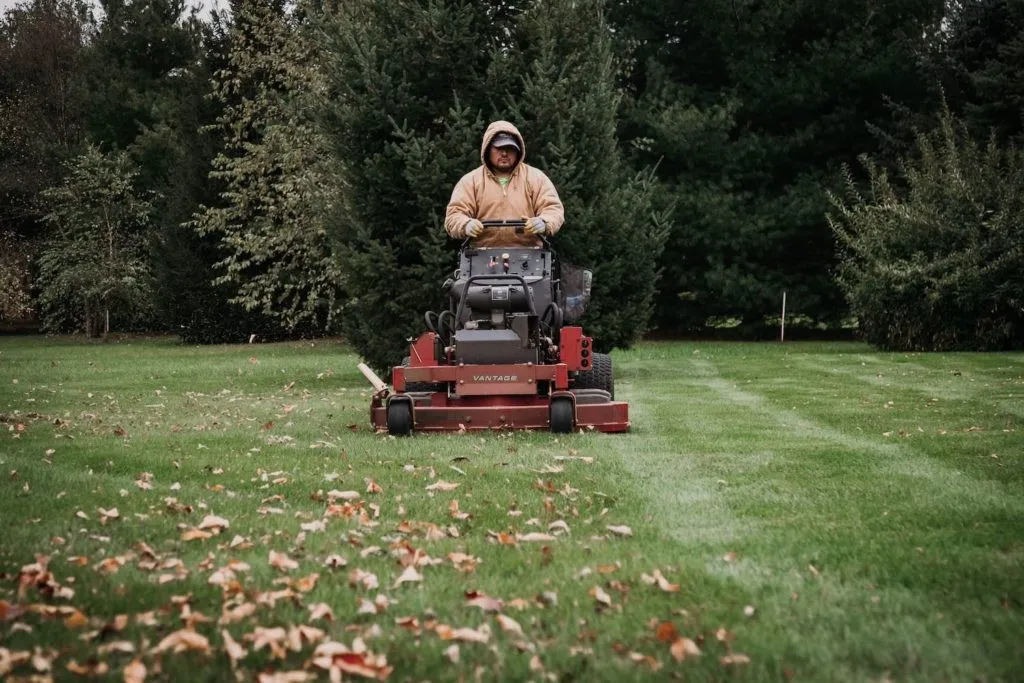Expert Lawn Care in Sparta, Illinois: Fall Landscaping Tips You Need to Know
As the leaves begin to change color and cooler temperatures settle into Sparta, Illinois, many homeowners assume that lawn and landscaping tasks can take a pause until spring. The truth is, fall is one of the most critical seasons for lawn care. The work you put in now prepares your yard to survive the winter months and flourish when warmer days return. Neglecting your landscape in autumn can leave you with patchy grass, stubborn weeds, and weak growth once spring arrives.
Fall presents a unique opportunity because the soil is still warm from summer, while the air is cooler, conditions that are perfect for strengthening root systems, repairing thin lawns, and preparing plants for dormancy. In Sparta, where winters can be harsh and unpredictable, taking advantage of this season is essential.
In this blog, we’ll share expert insights into essential fall landscaping tips designed specifically for Sparta’s climate and soil conditions.




